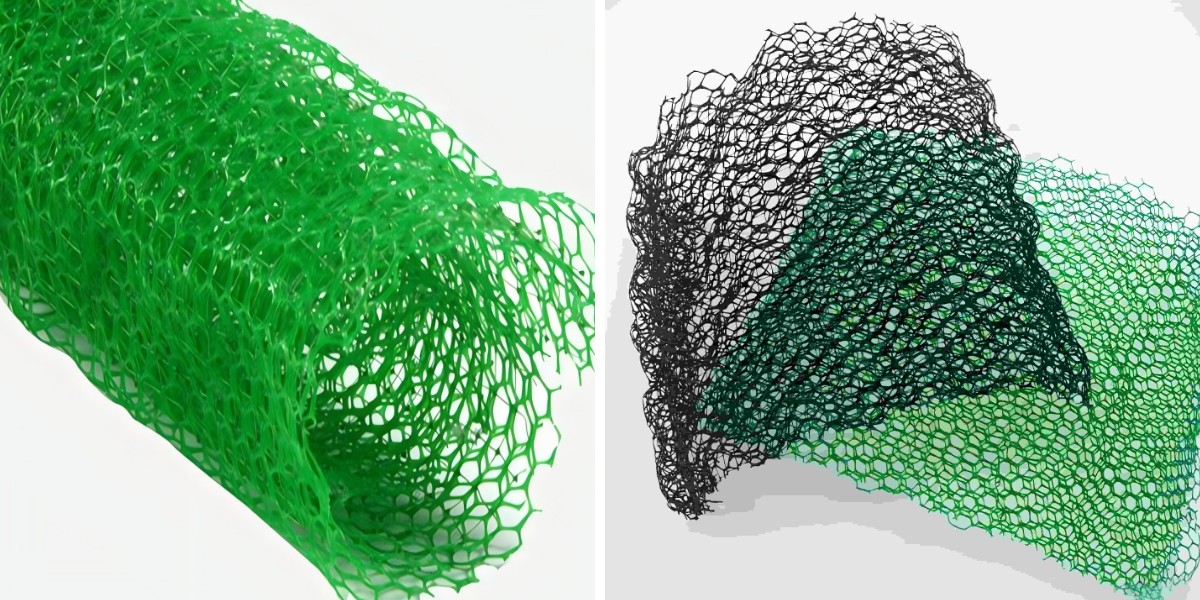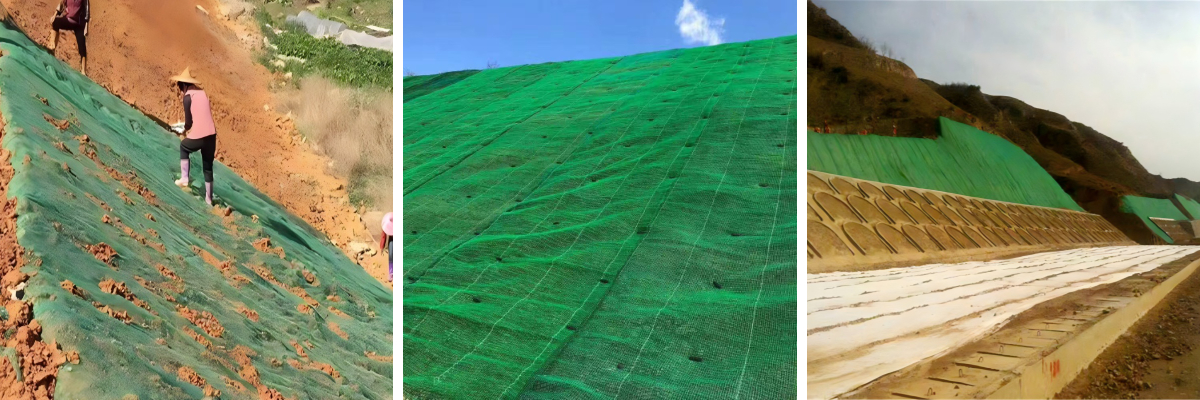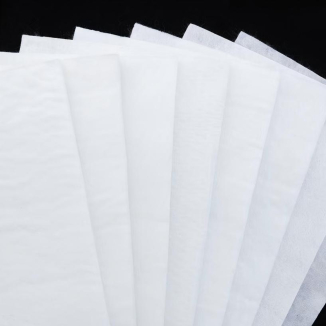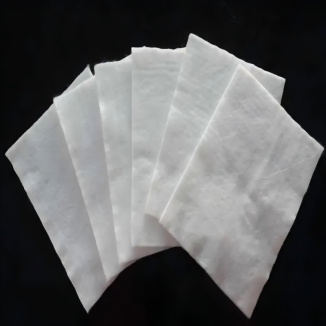Specifying for High-Rainfall Areas: Managing Drainage and Preventing Runoff
High-rainfall areas face special challenges: severe downpours can set off speedy runoff, soil erosion, and flooding—threatening infrastructure, agriculture, and ecosystems. Traditional drainage options regularly fall short, as they fail to stability water go with the flow administration with soil stabilization. The key to resilience lies in choosing specialised substances designed for these harsh conditions, such as 3D Vegetation Net Specifications-aligned products, erosion manipulate matting, and revetment mesh. These applied sciences work collectively to sluggish runoff, seize sediment, and guard soil whilst retaining environment friendly drainage. This information explores how to specify the proper options for high-rainfall areas, detailing their roles in drainage management, erosion prevention, and long-term panorama stability. By integrating these tools, you can construct structures that stand up to heavy rains and decrease environmental impact.
The Challenge of Runoff and Erosion in High-Rainfall Zones
In areas with frequent, heavy rainfall, rainwater hits the floor quicker than it can infiltrate, developing floor runoff. This runoff features velocity and force, stripping away topsoil (erosion), carrying sediment into waterways (siltation), and overwhelming drainage structures (flooding). Agricultural lands lose fertile soil, development web sites face regulatory fines for sediment discharge, and city areas trip property harm from flooding. Traditional fixes like concrete channels or gravel drains tackle drainage however forget soil protection, main to long-term degradation. What’s wished is a holistic strategy that combines drainage effectivity with erosion control—a hole stuffed via erosion manipulate matting, revetment mesh, and 3D vegetation nets.
3D Vegetation Net Specifications: Tailored for High-Rainfall Resilience
3D Vegetation Net Specifications are engineered to thrive in high-rainfall environments, balancing drainage with soil stabilization. Unlike flat erosion manipulate products, 3D vegetation nets characteristic a 3-dimensional structure—typically a woven or extruded mesh with raised ridges or cells—that creates micro-catchments for rainwater.
Key 3D Vegetation Net Specifications for high-rainfall areas include:
Porosity: High porosity approves water to infiltrate the soil whilst trapping sediment, decreasing runoff volume. The 3D shape slows water flow, giving it time to soak into the floor alternatively than run off.
Tensile Strength: Reinforced with UV-stabilized polymers or herbal fibers (like coir), the nets withstand tearing from fast-moving runoff or soil movement.
Vegetation Compatibility: The mesh plan comprises seed germination and root growth, turning the internet into a dwelling erosion manage system. As vegetation establish, their roots bind the soil, and the internet offers ongoing guide all through heavy rains.In agricultural fields or hillside landscapes, 3D vegetation nets are established on slopes to create terraced micro-catchments, lowering runoff pace by way of up to 50% and growing water infiltration. Their 3D shape additionally prevents soil crusting—a frequent trouble in high-rainfall areas the place raindrop influence compacts soil, decreasing permeability.
Erosion Control Matting: The First Line of Defense Against Runoff
Erosion manage matting acts as an instant barrier in opposition to raindrop influence and floor runoff, defending soil till vegetation establishes. In high-rainfall areas, it’s a crucial first step in erosion prevention, as it shields naked soil from the preliminary pressure of heavy downpours.
There are two essential sorts of erosion manage matting perfect for moist conditions:
Coconut Coir Matting: Biodegradable and pretty absorbent, coir matting soaks up excess rainwater, decreasing runoff. Its fibrous shape traps sediment and affords a moist surroundings for seed growth. It’s perfect for eco-sensitive areas like riverbanks or reforestation sites, as it decomposes over time, leaving in the back of a vegetated soil layer.
Synthetic Matting (Polypropylene/Polyester): Non-biodegradable and durable, artificial matting presents long-term safety for high-stress areas (e.g., development website slopes, street embankments). It elements a woven or non-woven shape with excessive tensile strength, resisting tearing from quick runoff. Many artificial mats are additionally permeable, permitting water to drain whilst maintaining soil.In high-rainfall applications, erosion manage matting is frequently established in mixture with 3D vegetation net.
Revetment Mesh: Stabilizing Channels and Slopes in Wet Environments
Revetment mesh is designed to stabilize steep slopes, drainage channels, and shorelines—areas in particular prone to erosion in high-rainfall regions. Unlike inflexible revetments (e.g., concrete blocks), revetment mesh is flexible, conforming to terrain and adapting to soil motion except cracking.
Key advantages of revetment mesh for high-rainfall areas include:
Runoff Diversion: Installed alongside drainage channels, the mesh slows water go with the flow and redirects it away from susceptible slopes, stopping gullying (deep erosion trenches).
Soil Reinforcement: The mesh’s interlocking shape binds soil particles, decreasing displacement even below heavy runoff. It’s frequently stuffed with nearby stone or gravel to create a permeable revetment that drains water whilst stabilizing the slope.
Compatibility with Vegetation: Like 3D vegetation nets, many revetment mesh merchandise permit vegetation to develop through, developing a natural, self-sustaining barrier. This enhances ecological price whilst enhancing long-term stability.In city areas, revetment mesh is used to line stormwater channels, stopping erosion and decreasing the danger of flooding by using keeping channel capacity. In rural settings, it stabilizes riverbanks and agricultural slopes, defending farmland from soil loss at some point of monsoon seasons.
Integrating Solutions: A Holistic Approach to High-Rainfall Drainage
The most superb structures in high-rainfall areas mix 3D Vegetation Net Specifications-aligned products, erosion manage matting, and revetment mesh into a cohesive strategy. Here’s how to combine them:
Slope Preparation: Clear particles and grade slopes to limit steepness where possible. Install erosion manage matting on naked soil to forestall preliminary erosion throughout setup.
3D Vegetation Net Installation: Lay 3D vegetation nets over the matting, securing them with anchors. Seed the place with native, drought-resistant grasses or shrubs that thrive in moist conditions.
Revetment Mesh for Channels: Line drainage channels and slope bottoms with revetment mesh crammed with stone. This diverts runoff away from slopes and stabilizes the channel bed.
Maintenance: Inspect the gadget after heavy rains, repairing any broken matting or mesh. Monitor vegetation growth, making sure it’s organising correct to take over long-term erosion control.
Real-World Applications in High-Rainfall Regions
These options have verified nice in various high-rainfall settings:
Agricultural Hillsides: In tropical areas with monsoon seasons, 3D vegetation nets and coir erosion manipulate matting shield terraced farmlands, lowering soil loss via 60–70% and enhancing crop yields by means of preserving moisture.
Urban Stormwater Management: Cities in wet climates use revetment mesh to line storm drains and inexperienced infrastructure (e.g., rain gardens), stopping erosion and decreasing flooding via enhancing drainage efficiency.
Road and Railway Embankments: Synthetic erosion manage matting and 3D vegetation nets stabilize embankments alongside highways in moist regions, stopping slope disasters that disrupt transportation.
Conclusion: Building Resilience in High-Rainfall Areas
Managing drainage and stopping runoff in high-rainfall areas requires extra than simply shifting water—it demands a stability of drainage effectivity and soil protection. 3D Vegetation Net Specifications-engineered products, erosion manage matting, and revetment mesh supply this balance, working collectively to gradual runoff, lure sediment, and aid vegetation growth.
By specifying these solutions, you can create resilient landscapes that face up to heavy rains, defend infrastructure, and retain ecosystems. Whether you’re a farmer, contractor, or city planner, investing in these applied sciences ensures that excessive rainfall turns into a aid alternatively than a threat. With the right aggregate of merchandise and built-in design, you can construct structures that thrive in moist conditions—now and for years to come.
Contact Us
Company Name: Shandong Chuangwei New Materials Co., LTD
Contact Person :Jaden Sylvan
Contact Number :+86 19305485668
WhatsApp:+86 19305485668
Enterprise Email: cggeosynthetics@gmail.com
Enterprise Address: Entrepreneurship Park, Dayue District, Tai 'an City,
Shandong Province










